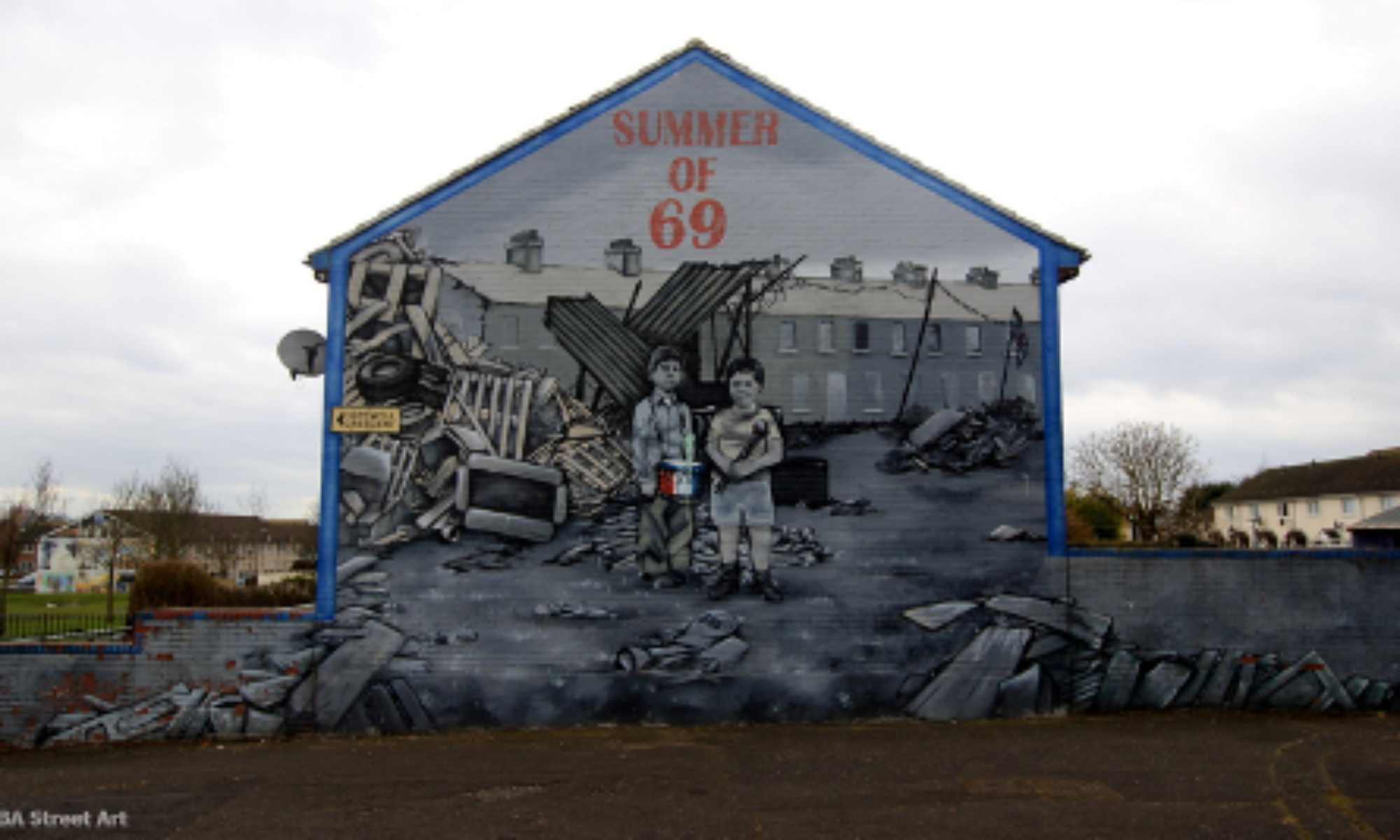Throughout the texts we have read, there are a lot of sacrifices. Dr. King went to jail because of his peaceful protests and was ultimately assassinated. The Chicago Eight and their protestors suffered police brutality and were jailed. The Catonsville Nine also sacrificed their personal freedom in protest. Huey Newton was shot because of his leadership in the Black Panther Party. In Ireland, Bloody Sunday resulted as a retaliation to the protests. Bernadette Devlin was jailed because of participation in the Battle of the Bogside, which itself saw many civilians beaten and arrested. While some sacrifices were imposed on the activists by the government and law enforcement, many were voluntary and fueled by anger. Although the theatricality created by voluntary sacrifices undoubtedly radicalized more people to join the protestors’ movements, I question how much actual change the voluntary sacrifices brought about and whether it was worth the pain.
At the beginning of the semester, I wrote a blog about what the average civilian’s life looked like in 1968 in the US and Ireland. When reading Vinen, it seemed to me that only the most notable events were captured by history, but the people involved undeniably only made up a very small portion of the general population. The silent majority, then, remains largely unbeknownst to us. But we do get a glance at their stance on the protests: according to Vinen, the largest protests after 1968 were actually conservative and in opposition to the radical protests. Therefore, it seems like 68’ mostly failed regarding actual social and political change, a conclusion consistent with Eamonn MaCann and Geoff Brown. So, what are 68’s lasting effects?
I believe that the most important lasting effect of 68’ is the records from the period, including literature, news, videos, etc. I hardly knew anything about 68’, but by reading the texts this semester I felt the anger and frustration experienced by the activists. Although the events of 68’ have long passed, the records continue to impact the general population. We live in a society where the majority rules, so any real change must come from a change in opinion of the public, no matter how small: everybody’s slight lean towards change is much stronger than one group’s complete radicalism. Therefore, the lasting and small impact of these records is much stronger than the immediate actions during the protests themselves.
So, how much lasting impact on the public did the voluntary sacrifices add on top of the imposed sacrifices? As an uninformed outsider to 68’, when I read the texts this semester, I was most moved by the authentic stories and frustration expressed in the memoirs such as Hayden’s and Newton’s. Those are imposed sacrifices. But my suspicion quickly rose when I saw active provocation of police and violence. For example, in the movie “Trial of the Chicago Seven,” when the someone shouted and the crowd charged the police, I quickly distanced myself from sympathizing with their cause. Although the kind of behavior was totally reasonable given the frustration and anger, it gave the public the reason to offput the protestors as disturbing order. Even martyr-like behaviors, such as those performed by the Catonsville Nine, felt forced and gave me a sense of “I am not good enough to do that.” Therefore, voluntary sacrifices are much less likely to influence the public than imposed ones, which give the oppressors and the public no excuse.
As a result, I think protests are most effective when they are long-term, committed, and reasonable. Protestors need to put pressure on the public, making them pick a side, but not so much to distance the public. It would still be very difficult to bring about change, as evidenced in the nonaction of the white moderates in King’s speeches. However, King’s movement from start to end witnessed very little voluntary sacrifice, outside of that imposed on it by law enforcement. Therefore, it gave the public no excuse, which arguably allowed King to be entered into history textbooks as a “hero-like” figure. Although the depiction may not be accurate, it nonetheless influenced and continues to influence every person growing up in this country, which I think is arguably the best outcome of protests.
